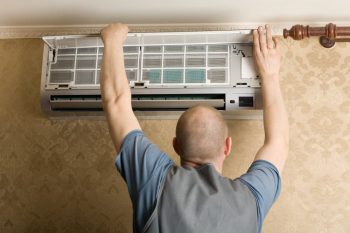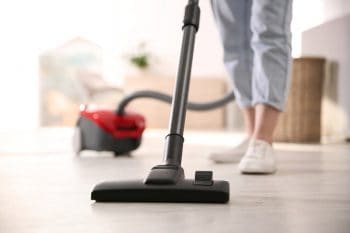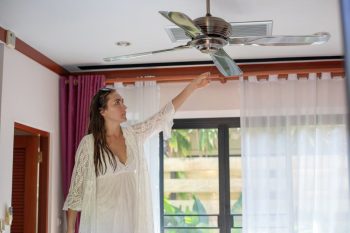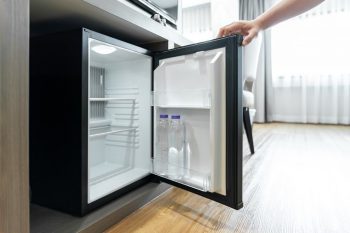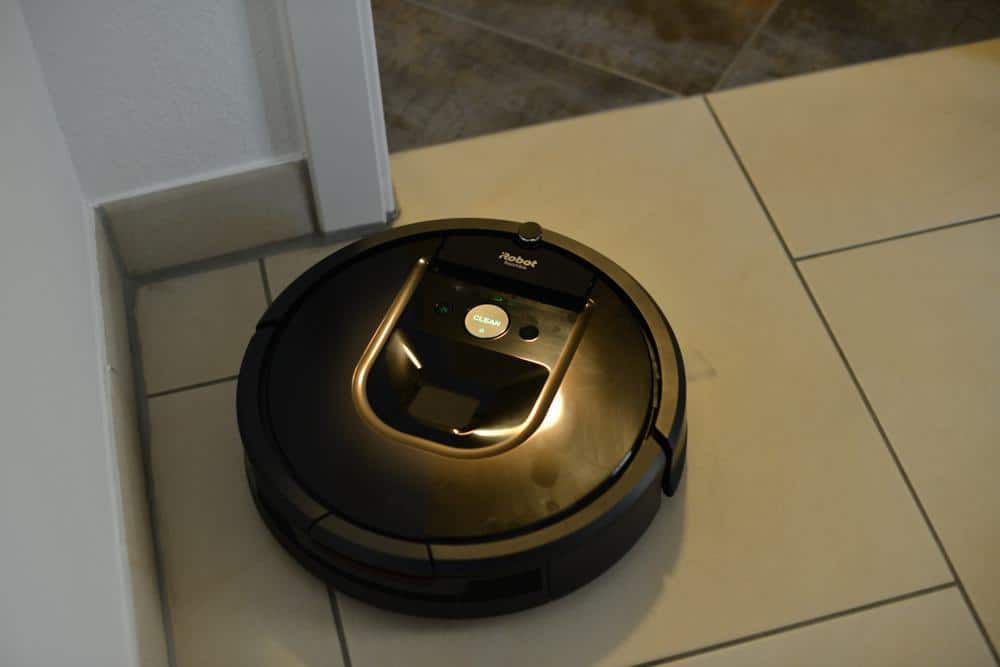
Roomba, a product line by iRobot, has become a household name when it comes to robot vacuums. Over the years, Roomba has released a variety of models, each with its own unique features and capabilities. But with so many options available, you might be wondering, “What is the difference between the different Roomba models?” In this comprehensive guide, we’ll explore the key differences in terms of cleaning performance, battery life, navigation and mapping technology, price, maintenance, and specific tasks some models are better equipped for than others.
The differences between Roomba models lie in their cleaning performance, battery life, navigation and mapping technology, price, maintenance needs, and specialized features. For instance, high-end models like the Roomba s9+ offer powerful suction and advanced mapping technology, while budget models like the Roomba 694 may have less suction power and basic navigation. Some models are designed for specific tasks, like the Roomba e5, which is ideal for pet owners. The best Roomba for you depends on your specific needs and budget.
Cleaning Performance Across Models
The cleaning performance of different Roomba models varies based on their features, suction power, and design. For instance, the iRobot Roomba S9 is considered the top model in iRobot’s lineup, offering the most powerful suction motor and impressive debris-pickup performance on both bare floors and carpeting. In contrast, the iRobot Roomba 694, a budget-friendly model, struggles with debris pickup on carpets.
While all Roomba models are designed to handle pet hair, dust, and dirt, models like the Roomba j7+, s9+, and i7+ have been found to perform exceptionally well on hardwood floors and low pile carpets, removing nearly 100% of all debris during tests.
Battery Life Variations
Battery life is another important factor that differentiates Roomba models. For example, the Roomba i3+ has a battery life of 75 minutes, while the Roomba s9+ can run for up to 120 minutes. Some Roomba models also feature a “smart charge and resume” function, which allows the robot to automatically return to its charging dock when the battery is low, recharge, and then resume cleaning where it left off.
Navigation and Mapping Technology
Roomba models utilize different types of navigation and mapping technology. Early Roomba models operated in a random fashion, using sensors and brushes to identify obstacles in their path. However, newer models like the Roomba 980, i7+, and s9+ use Visual Simultaneous Localization and Mapping (VSLAM) technology to create a map as they clean, resulting in more efficient and systematic cleaning.
Price Differences
The prices of Roomba models can vary significantly based on their features and capabilities. For instance, the Roomba s9+, one of the most advanced models, is priced around $749, while the budget-friendly Roomba 694 is priced at $180.
Maintenance and Ease of Use
Maintenance requirements also vary between models. For instance, models with brushless rollers, such as the Roomba i3+, i7+, and j7+, require less maintenance as they are less prone to hair entanglement compared to models with bristled brushes like the Roomba 694.
Specialized Tasks
Different Roomba models are equipped with specific features that make them better suited for certain tasks. For example, the Roomba e5 is designed for pet owners, featuring treaded rubber rollers that are especially good at picking up pet hair. The Roomba j7+ model, on the other hand, features advanced obstacle avoidance, making it ideal for busier homes where Roombas may need to navigate around objects and messes.
In conclusion, the best Roomba model for you will depend on your specific needs and preferences, such as the size of your home, the types of floors you have, and your budget. By understanding the differences between the different Roomba models, you’ll be better equipped to make an informed decision.
Frequently Asked Questions
What is the main difference between Roomba’s brushless rollers and bristled brushes?
The main difference lies in the maintenance and effectiveness. Brushless rollers, found in models like the Roomba i3+, i7+, and j7+, are less prone to hair entanglement, reducing the need for regular cleaning. Bristled brushes, found in models like the Roomba 694, might require more frequent maintenance as hair can get tangled in the bristles.
Do all Roomba models support Wi-Fi connectivity?
No, not all Roomba models support Wi-Fi connectivity. Some of the early and budget-friendly models like the Roomba 614 do not have Wi-Fi connectivity. However, most of the newer models, including the Roomba 980, i7+, and s9+, do support Wi-Fi, allowing you to control your Roomba from your smartphone or through voice commands with smart home devices.
Can Roomba models clean multiple rooms?
Yes, certain Roomba models can clean multiple rooms. Models equipped with advanced navigation and mapping technology like the Roomba 980, i7+, and s9+ can map your home and clean multiple rooms effectively. However, models without this technology may not perform as well in multiple room cleaning scenarios.
Are Roomba models capable of cleaning stairs?
No, Roomba models are not designed to clean stairs. They are equipped with cliff detection sensors that prevent them from falling off edges, such as stairs.
Can Roomba models clean under furniture?
Yes, Roomba models are designed to be low enough to fit under most furniture to clean dust and debris. However, the actual ability to clean under furniture may depend on the clearance space available, as some Roomba models are taller than others.

